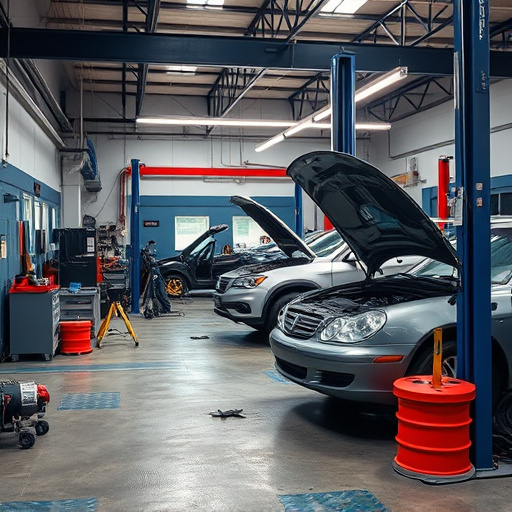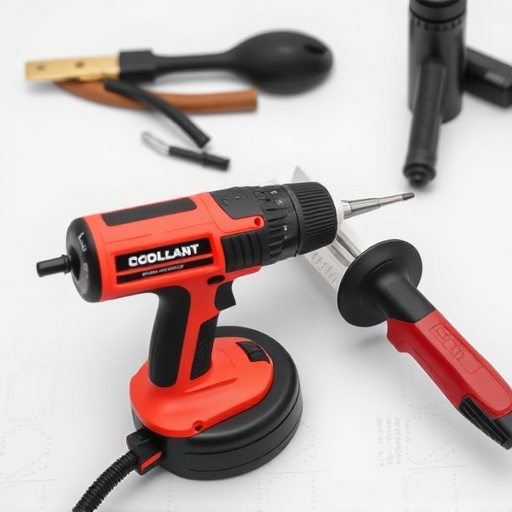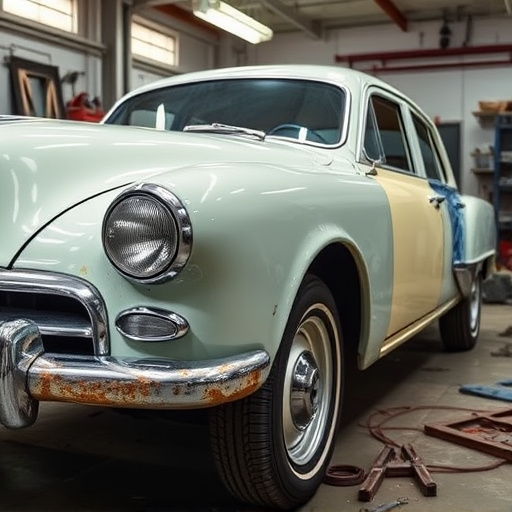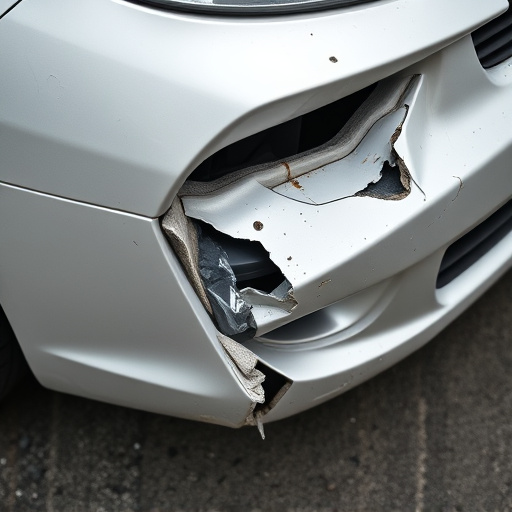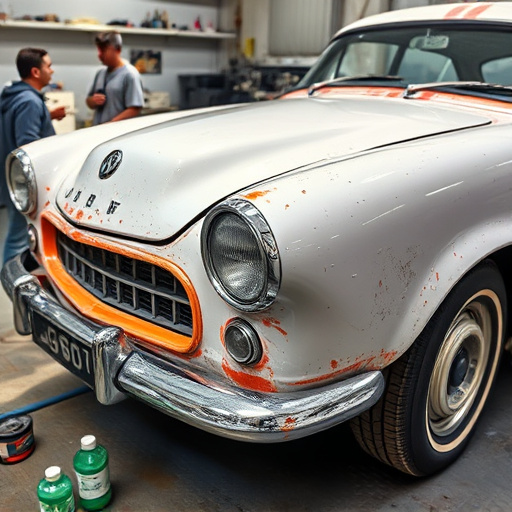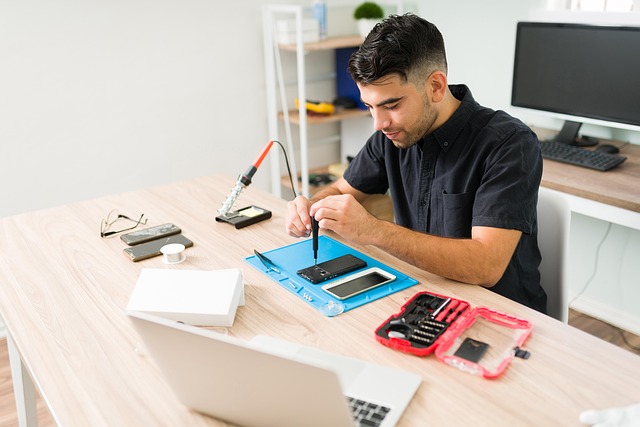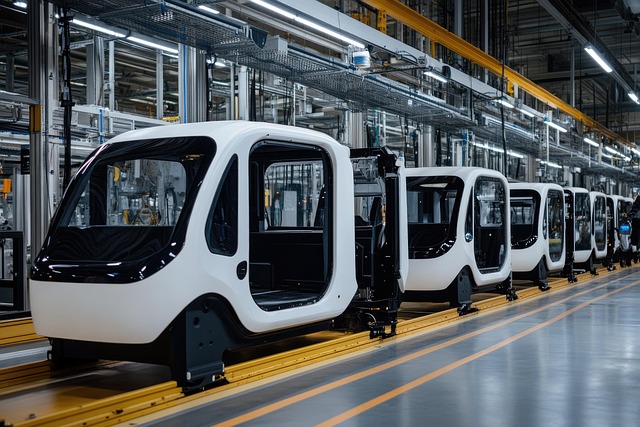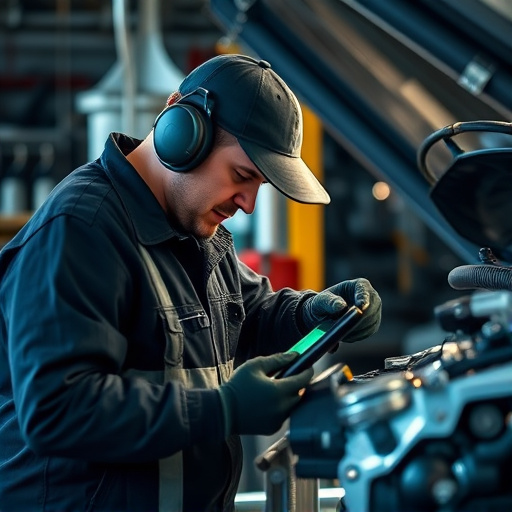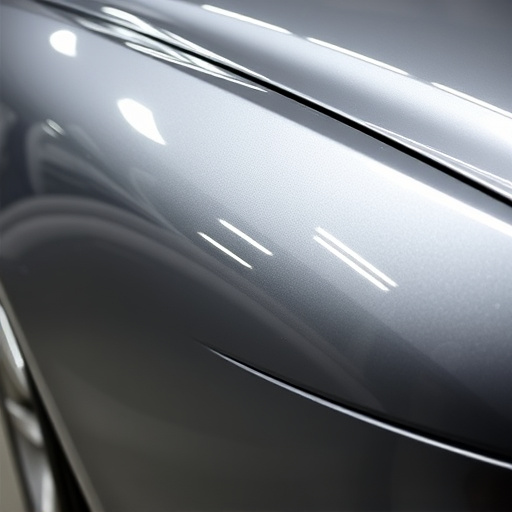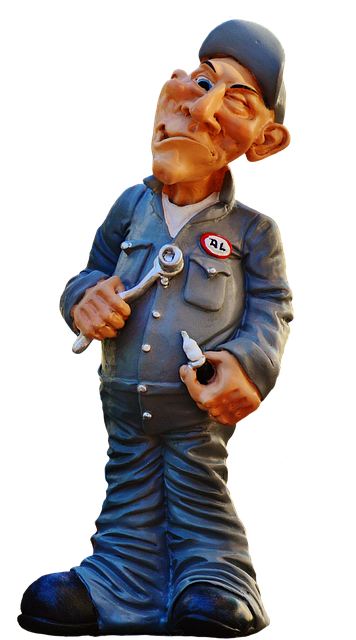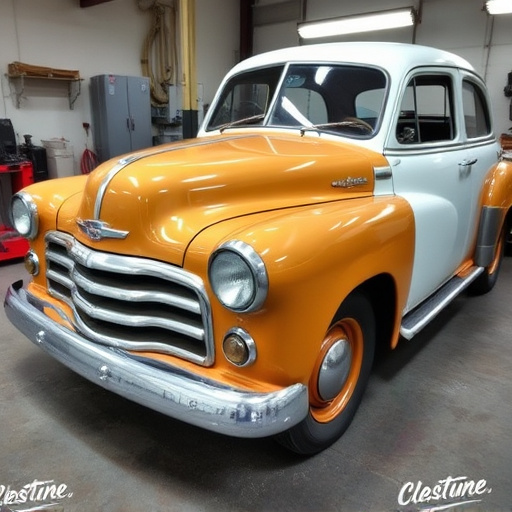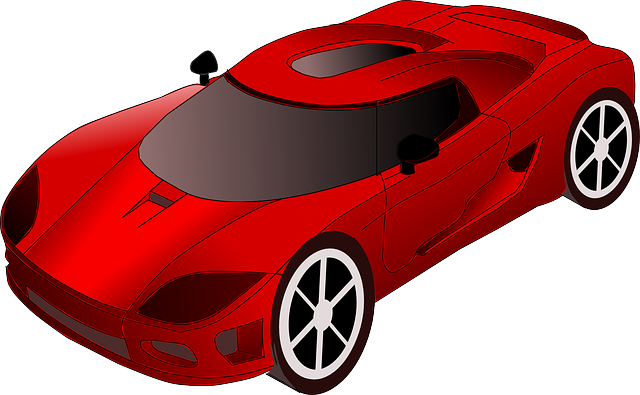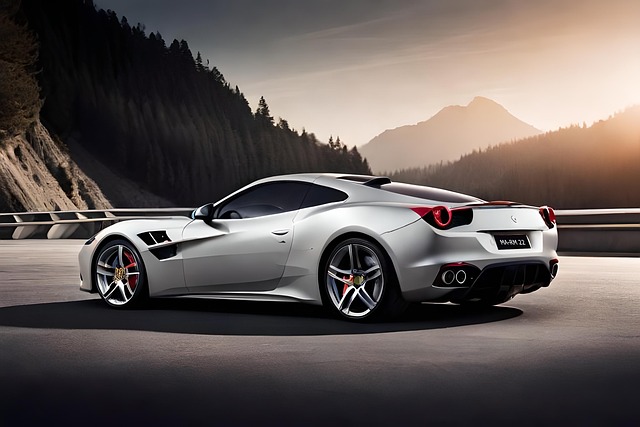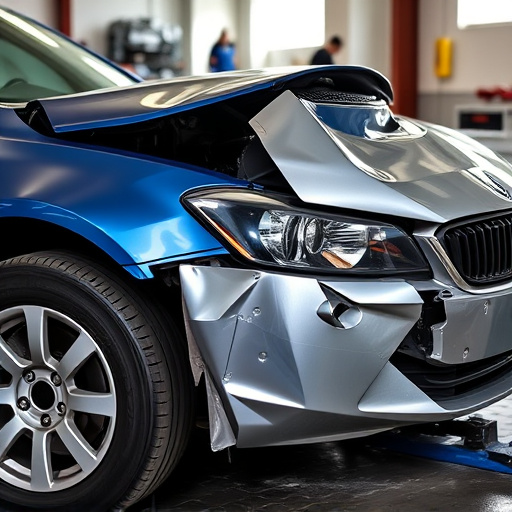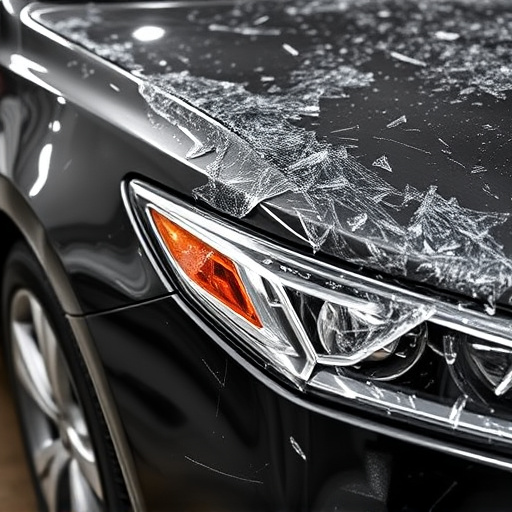Antique auto restoration requires understanding vintage paint composition, using historical formulas and techniques like microscope analysis. Body shop services replicate original colors and characteristics for preservation of integrity. Frame straightening and collision repair are prep steps for achieving flawless paint matching on antique autos. Restorers study original jobs for pigmentation, undertones, and age-related changes to create accurate duplicates. Advanced color analysis tools capture nuances for perfect hue replication, preserving historical authenticity.
In the meticulous art of antique auto restoration, paint matching is a crucial step that brings historical accuracy to the table. Every vintage vehicle has its unique story told through layers of paint, reflecting its era. Understanding the intricate composition of antique car paints is key to preserving their original charm. This article delves into the challenges and advanced techniques for achieving precise paint matches, ensuring these classic cars continue to captivate with their authentic beauty in today’s world.
- Understanding Paint Composition in Antique Autos
- Challenges of Matching Antique Paint Colors
- Techniques for Accurate Paint Restoration and Matching
Understanding Paint Composition in Antique Autos

Understanding the paint composition in antique autos is a critical step in their restoration process. Unlike modern vehicles, older cars often had different types of paint, with distinct ingredients and application methods. The paint on an antique vehicle could be a mixture of oil-based and water-based pigments, with various resins, fillers, and solvents. Each component plays a unique role in the paint’s durability, color, and sheen, making accurate matching during restoration a challenging yet crucial task.
Professional restorers need to be well-versed in these historical paint formulas to achieve an authentic look. They employ specialized techniques like analyzing paint samples under microscopes or using chemical testing kits to identify the specific pigments and binders used. This meticulous approach ensures that when repairing or repainting, the body shop services accurately replicate not just the color but also the original paint’s characteristics, preserving the antique auto’s integrity and historical authenticity. Moreover, skills in frame straightening and collision damage repair are essential to prepare the car’s surface for paint matching, ensuring a flawless final result.
Challenges of Matching Antique Paint Colors

The challenge of matching antique paint colors lies in their unique and often complex formulations. Unlike modern paints, which come with precise color codes and standardized production methods, vintage paints were handcrafted, using different ingredients and recipes that can be hard to replicate. This means that even when trying to match a specific shade, the exact composition might not be available today. Restorers must carefully study the original paint job, considering factors like pigmentation, undertones, and age-related changes to create an accurate duplicate.
Additionally, the process of antique auto restoration involves addressing various types of damage, from minor scratches and chips to significant rust spots, all of which can affect the final paint match. Auto body repairs in these cases require meticulous attention to detail. Professional restorers employ techniques like blending and custom mixing to ensure the new paint seamlessly integrates with the existing finish, preserving the vehicle’s historical authenticity. Moreover, understanding the automotive collision repair processes involved in restoring damaged panels is crucial for achieving a precise and lasting paint match.
Techniques for Accurate Paint Restoration and Matching

Restoring an antique auto to its former glory requires meticulous attention to detail, especially when it comes to paint matching. Accurate restoration techniques are crucial for achieving a seamless finish that preserves the vehicle’s historical integrity. One of the key aspects is using specialized tools and methods to match the original paint color precisely. This involves taking detailed readings of the existing paint using advanced color analysis tools, which capture the subtle nuances of the antique auto’s unique hue.
Expert restorers then utilize these data points to mix and create custom colors that replicate the exact shade, ensuring a perfect blend with the surrounding areas. In cases where damage includes bumps or dents, as often seen in luxury vehicle repair, skilled technicians can perform meticulous bumper repair while maintaining the original paint match. This level of craftsmanship is essential for creating a visually cohesive restoration, especially when dealing with delicate antique autos, ensuring they continue to turn heads at car shows and exhibitions.
The meticulous process of paint matching in antique auto restoration is an art that requires a deep understanding of history, chemistry, and precision. By deciphering the intricate codes of vintage paint composition and employing advanced techniques, restorers can breathe new life into classic vehicles while preserving their authentic aesthetic. This delicate balance between revival and conservation ensures that each restored antique auto stands as a testament to its original glory, captivating both enthusiasts and folk who appreciate the intricate details of bygone eras.
